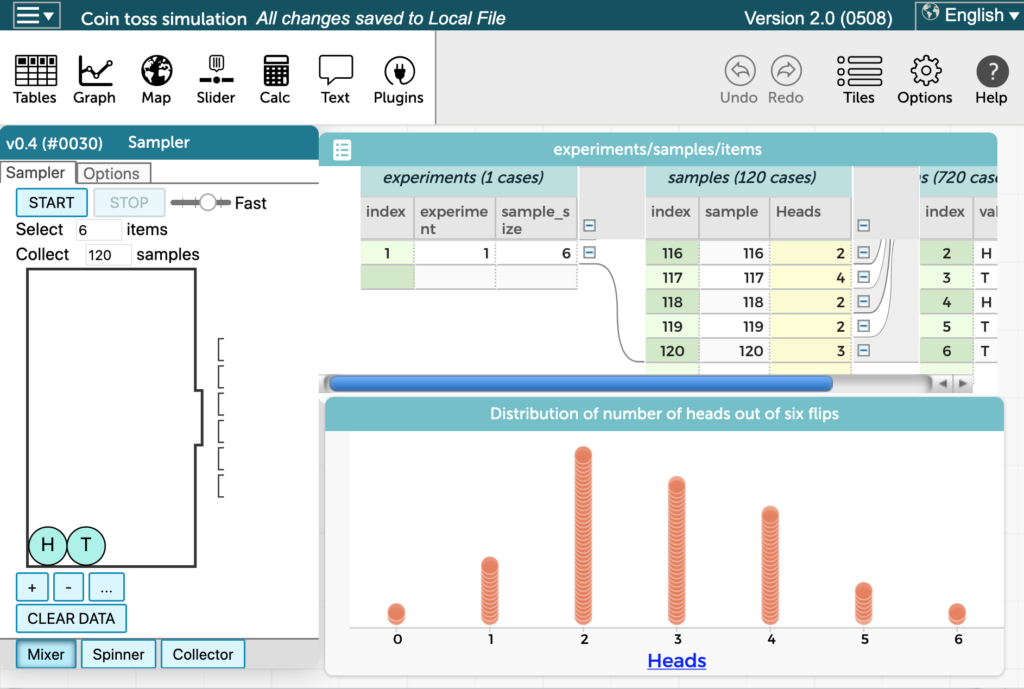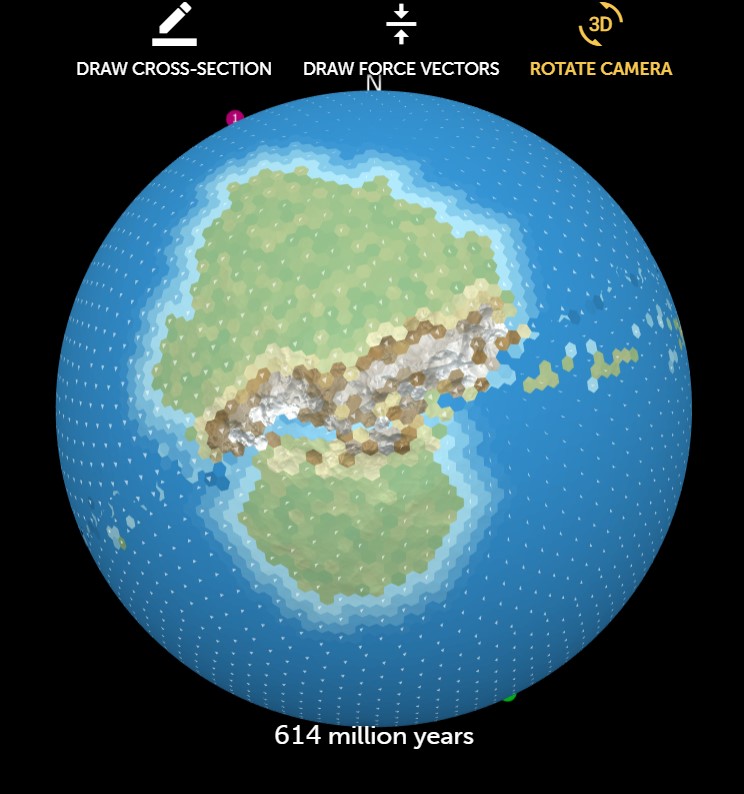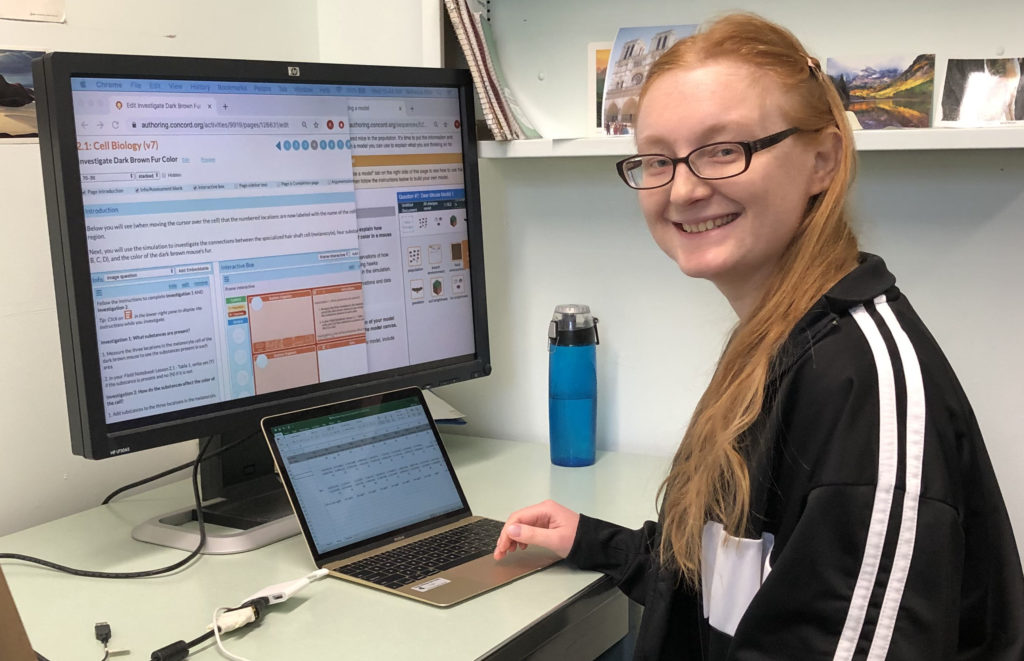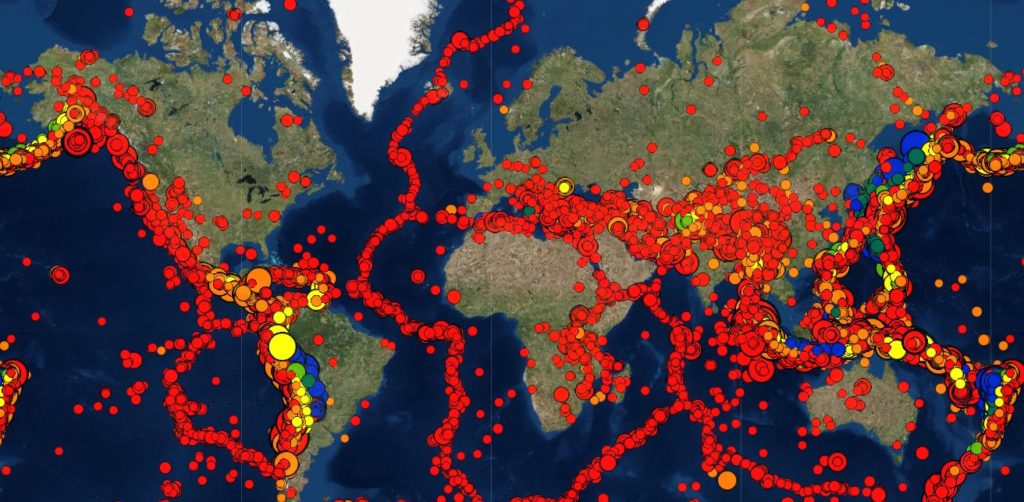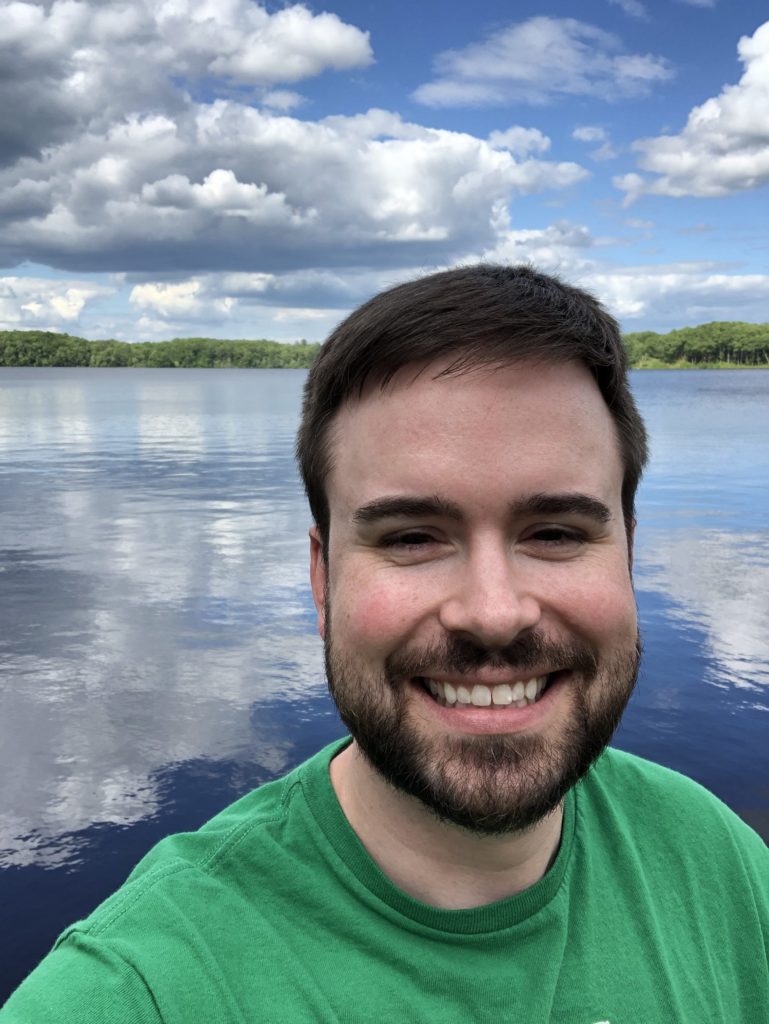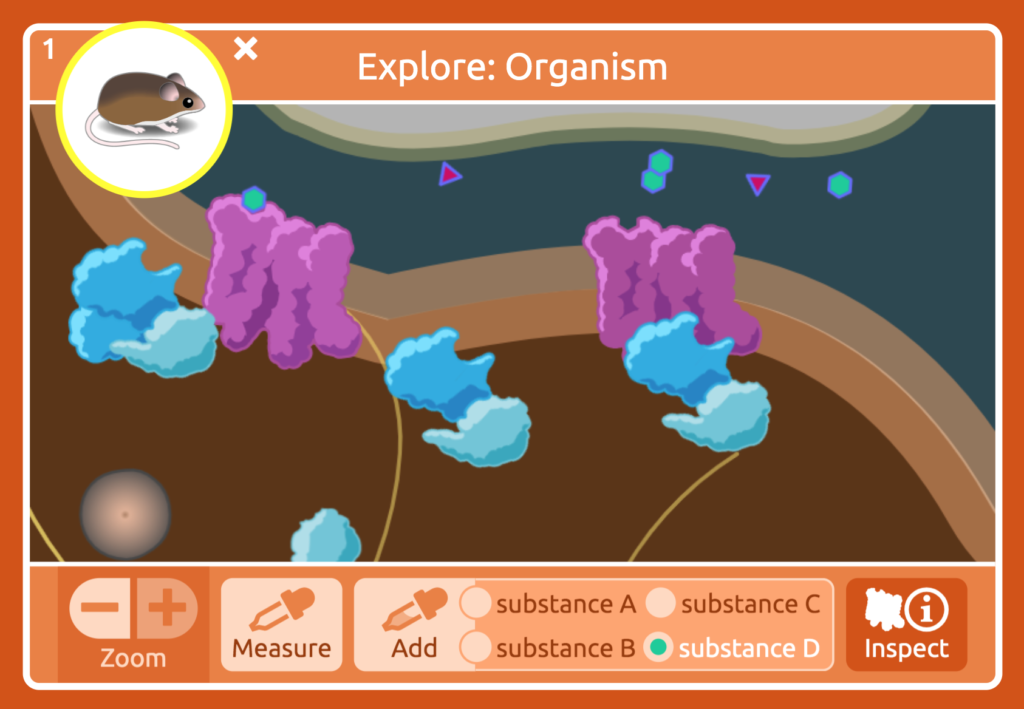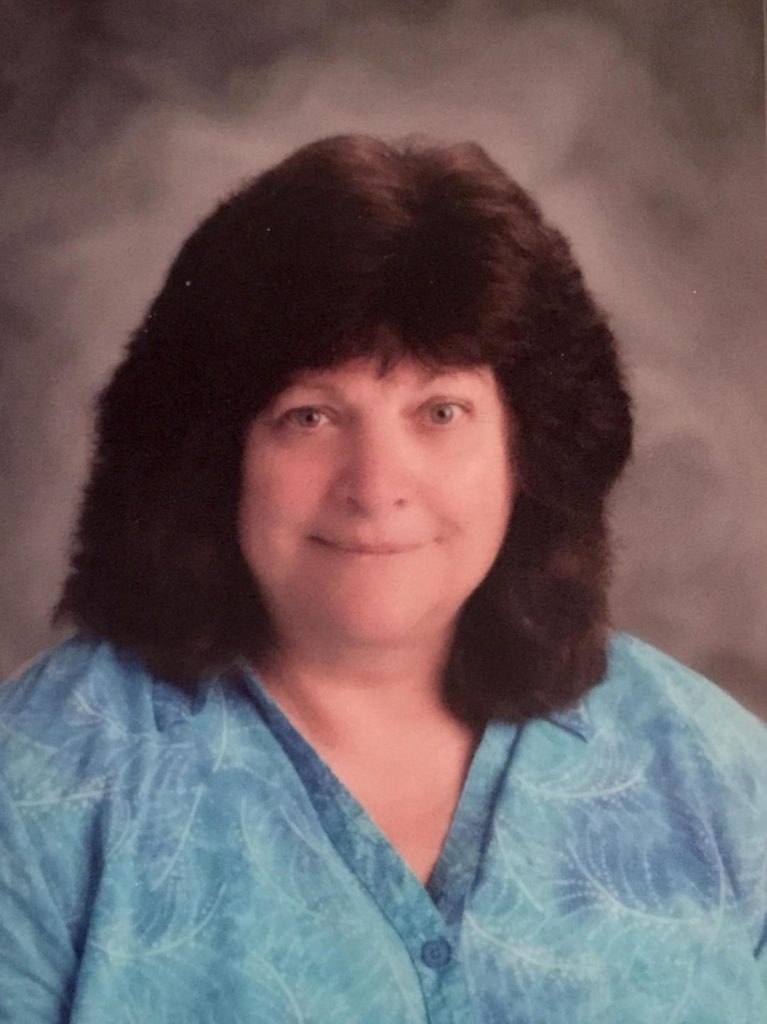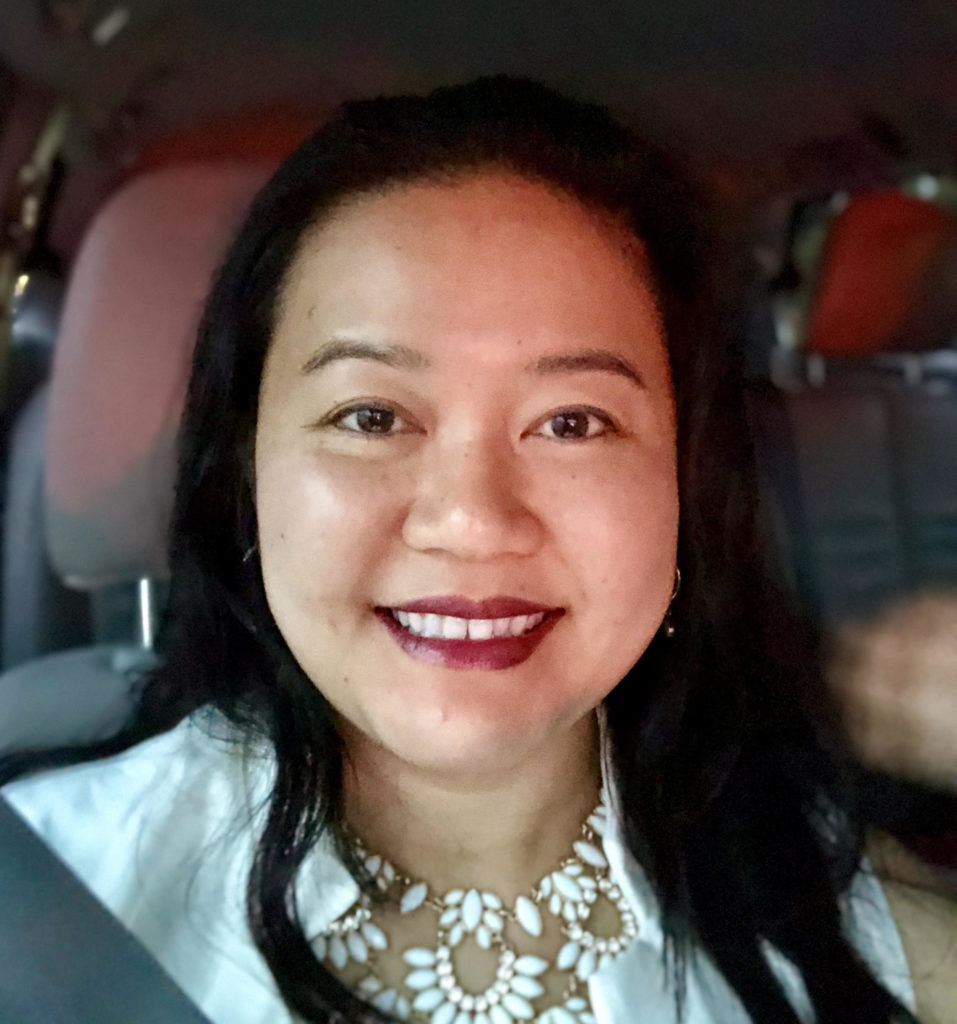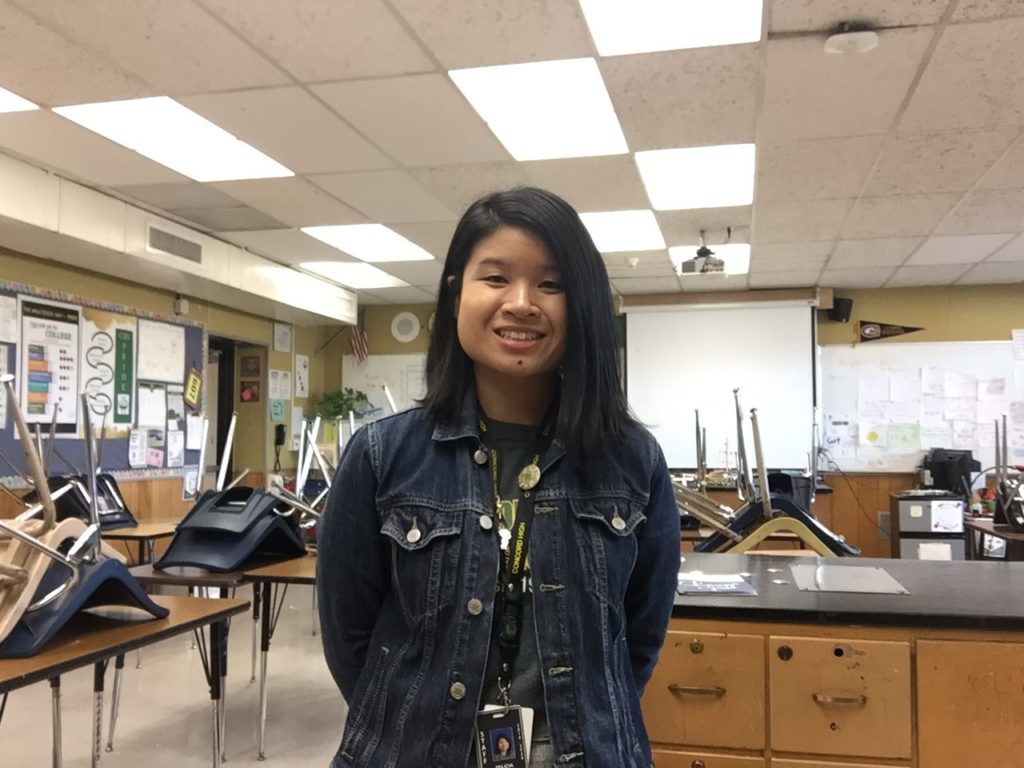I’ve been developing data exploration software for decades, having led the Fathom Dynamic Data Software development team at KCP Technologies before joining the Concord Consortium in 2014. And I’ve been steering the development of our Common Online Data Analysis Platform (CODAP) since then, thanks to a grant from the National Science Foundation. Both Fathom and […]
Julia LaCava was a summer intern at the Concord Consortium. A junior at Ithaca College, she majors in communications. Imagine being able to set up a simulation of an Earth-like planet to explore tectonic plate movement and see the results of plate interactions. Now your students can do just that, thanks to our new Tectonic […]
Rebecca Ellis is a postdoctoral researcher who earned her Ph.D. in curriculum, instruction, and teacher education at Michigan State University. So why does she get “carded” every time she goes into a high school to conduct research? “A teacher asked me once if I’d like to sign up for driver’s ed.” She understands that she […]
Julia LaCava was a summer intern at the Concord Consortium. A junior at Ithaca College, she majors in communications. Earth’s surface is dynamic and changing all the time. Volcanic eruptions and earthquakes alter the landscape, sometimes in very dramatic and sudden ways. On a much longer time scale, the movement of Earth’s plates can change […]
Craig Beaulieu has set a goal for this school year: to wear a different tie dye shirt every day. He’s on target so far. “As teachers, I feel that we teach in Neverland,” he says. “It is the adults that are getting older while all the children remain in the same age range.” He believes teaching helps him stay young at heart and live a fulfilled life. Wearing colorful shirts to school may help, too.
Challenged by how to teach the complex topics of genetics and evolution in an integrated way? Then don’t miss Concord Consortium’s upcoming Connected Biology presentation at the National Association of Biology Teachers annual professional development conference in Chicago (November 14-17, 2019). Three high school biology teachers who have piloted ConnectedBio’s technology-enhanced lessons and hands-on manipulatives […]
Kathleen Reynolds found her way to teaching after earning a bachelor’s degree in art history and then spending 20 years at home raising her children. When it came time to think about what to do next, she fondly remembered teaching nature lessons and maple sugaring at The Children’s Museum in Dartmouth, Massachusetts, and volunteering at an inner city day camp for five- and six-year-olds during college. “Becoming an early childhood educator seemed to be a good fit for me.” She’s been teaching kindergarten ever since—19 years.
“Only by making sense of what they are seeing and doing can students truly appreciate what science is and what scientists need to do to better understand our world,” says Ed Crandall.
He brings this sense of adventure to his life and his teaching. When backpacking in Alaska and hiking in Zion National Park, the extreme beauty nearly crumpled him. Ed was equally moved when he first saw Maxwell’s equations in a physics lecture. He now laughs about “being brought to tears by math.”
Khamphet (Phet) Pease had been teaching STEAM elective classes at Wilson Middle School for five years when she was named one of the five San Diego County Teachers of the Year in 2015. She was invited to throw the ceremonial first pitch at a San Diego Padres game. She continues to teach at Wilson—and to be recognized. This year she won an NCWIT Aspirations in Computing Educator Award, which celebrates formal and informal educators who encourage young women’s interest and participation in technology pursuits.
Felicia Yu would love to take a road trip up the West Coast with stops in Ashland (for the Oregon Shakespeare Festival), Portland, Seattle, and Vancouver. It’s no surprise that part of her dream vacation also includes “hitting up every major botanical garden along the way,” since she holds a master’s degree in horticulture.
